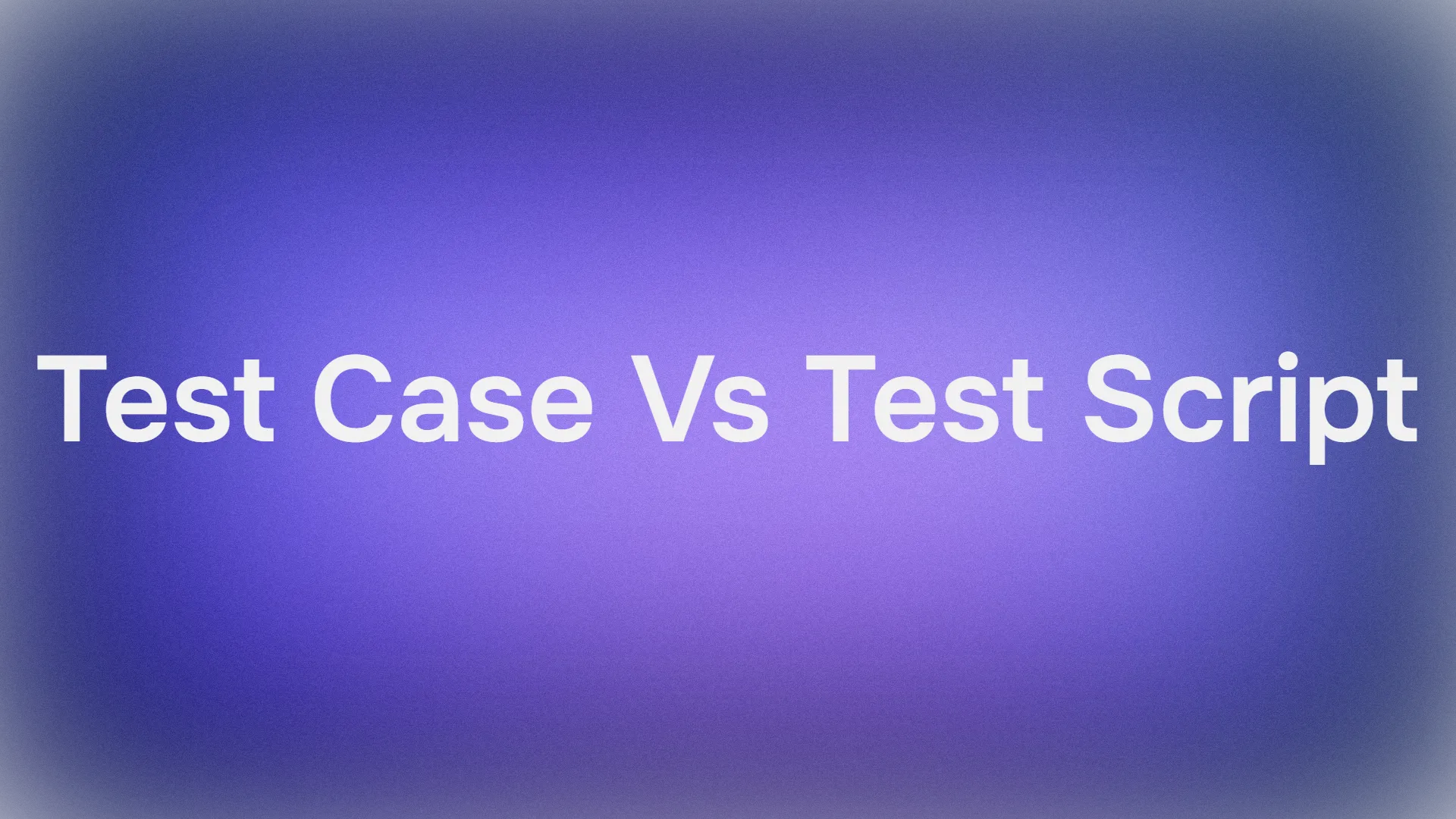As the name suggests, an API manager is a platform that allows individuals or organizations to govern and manage their APIs (Application Programming Interfaces).
If you are interested in designing and developing faster with a beautiful UI, try Apidog today! 👇👇👇
Key Functions of an API Manager
API managers can be thought of as a control center for any APIs you have, starting from creation to consumption. You can consider using an API manager for these functions:
API Lifecycle Management: Manage the entire lifecycle of an API, from design and development to deployment, versioning, and retirement.
- Security and Governance: API managers can help you enforce access control, authentication, and authorization protocols to keep your APIs secure.
- Analytics and Monitoring: API managers excel at tracking your API's usage, performance, and errors. API managers therefore can help you understand how your APIs are being used and how to tackle potential issues your API may face.
- API Discovery and Documentation: API managers can easily provide developers (and you) with a central location to find, understand, and subscribe to your APIs.
- Throttling and Rate Limiting: If you need to control how often and by whom your APIs can be accessed to prevent overload, an API manager can help you with that.
Potential Benefits From Using an API Manager
- Increased developer adoption: API managers make it easier for developers to find the necessary documentation for understanding your API.
- Enhanced scalability and performance: With API managers, you can adjust the traffic intake your APIs can handle so your APIs can support high volumes of traffic.
- Better insights and decision-making: API managers help collect statistics regarding your API's performance and how it is used. This allows you to better understand what your API is strong at or lacks.
Popular API Managers that You Can Use
There are a couple of API managers that a lot of developers or organizations use to manage their APIs. By saving the hassle of having to manage every single detail from an entire API lifecycle, developers put their trust in these API managers to help them:
Google Cloud API Gateway
URL: https://cloud.google.com/api-gateway

Google Cloud API Gateway is an API manager designed to help you create, secure, and monitor APIs for serverless backends on Google Cloud. These backends can include popular options like Cloud Functions, Cloud Run, and App Engine, making it an excellent choice for API developers who have most of their services on Google Cloud.
Key Features of Google Cloud API Gateway
- Simplified API Management: You can quickly build APIs without dealing with complex infrastructure setups.
- Enhanced Security: Google Cloud API Gateway can keep your APIs safe with built-in features like authentication, authorization, and rate limiting.
- Improved Scalability: Handle fluctuating traffic seamlessly with automatic scaling based on demand.
- Cost Efficiency: Pay only for the resources you use with a consumption-based and tiered pricing model.
Amazon API Gateway
URL: https://aws.amazon.com/api-gateway/

Amazon API Gateway is another API manager similar to Google Cloud API Gateway, where users can create, publish, maintain, and monitor APIs.
As it is created by Amazon, this particular API manager is specifically useful for API developers who require backend services within the Amazon Web Services (AWS) ecosystem.
Key Features of Amazon API Gateway
- Multi-protocol Support: Amazon API Gateway enables API developers to build RESTful APIs, WebSocket APIs, and HTTP APIs.
- Monitoring and Analytics: Track API usage, performance, and errors for insights.
- Versioning and Deployment Pipelines: Manage different API versions and automate deployments using Amazon API Gateway.
- Pay-per-use Pricing: Together with monitoring analytics, Amazon API Gateway can scale along with your costs based on your API's usage.
Azure API Management
URL: https://azure.microsoft.com/en-gb/products/api-management/

Another excellent API manager candidate to select is Azure API Management, a fully managed service that allows users to manage their entire API lifecycle across diverse environments. If you are a developer who requires wider environment support, Azure API Management might be the API manager for you.
Key Features of Azure API Management
- Hybrid and Multicloud Support: With Azure API Management, you can manage APIs across Azure, other clouds, and even on-premises environments.
- Comprehensive Security: Protect your APIs with features like authentication, authorization, throttling, and threat protection with Azure API Management.
Kong Gateway
URL: https://konghq.com/products/kong-gateway

Kong Gateway is an open-source, lightweight API manager that is designed to manage, configure, and route requests to users' APIs efficiently. It is a cloud-native API manager, so it is applicable in work settings with multi-cloud environments.
Key Benefits of Kong Gateway
- Highly customizable: Kong Gateway is extendable through plugins for added functionality such as caching, rate limiting, and API analytics.
- Scalable: Kong Gateway is capable of handling high traffic volumes efficiently and scales horizontally too.
- Cloud-native: Kong Gateway works seamlessly with other popular cloud platforms like Kubernetes and Docker.
- Decentralized: Kong Gateway is deployable across multiple nodes for better availability and resilience.
- Open-source: Kong Gateway is a free-to-use and community-driven API manager.
Apidog - Comprehensive Design-Oriented API Platform
Apidog is a complete API tool that has services for every step in the API lifecycle ready for web developers to utilize. Although Apidog cannot control the consumption aspects of APIs, it is an excellent API tool for testing, documentation, and designing web services.

Creating and Designing a New API Using Apidog
Since this is your first time using Apidog, start by making a brand new project by choosing New API.
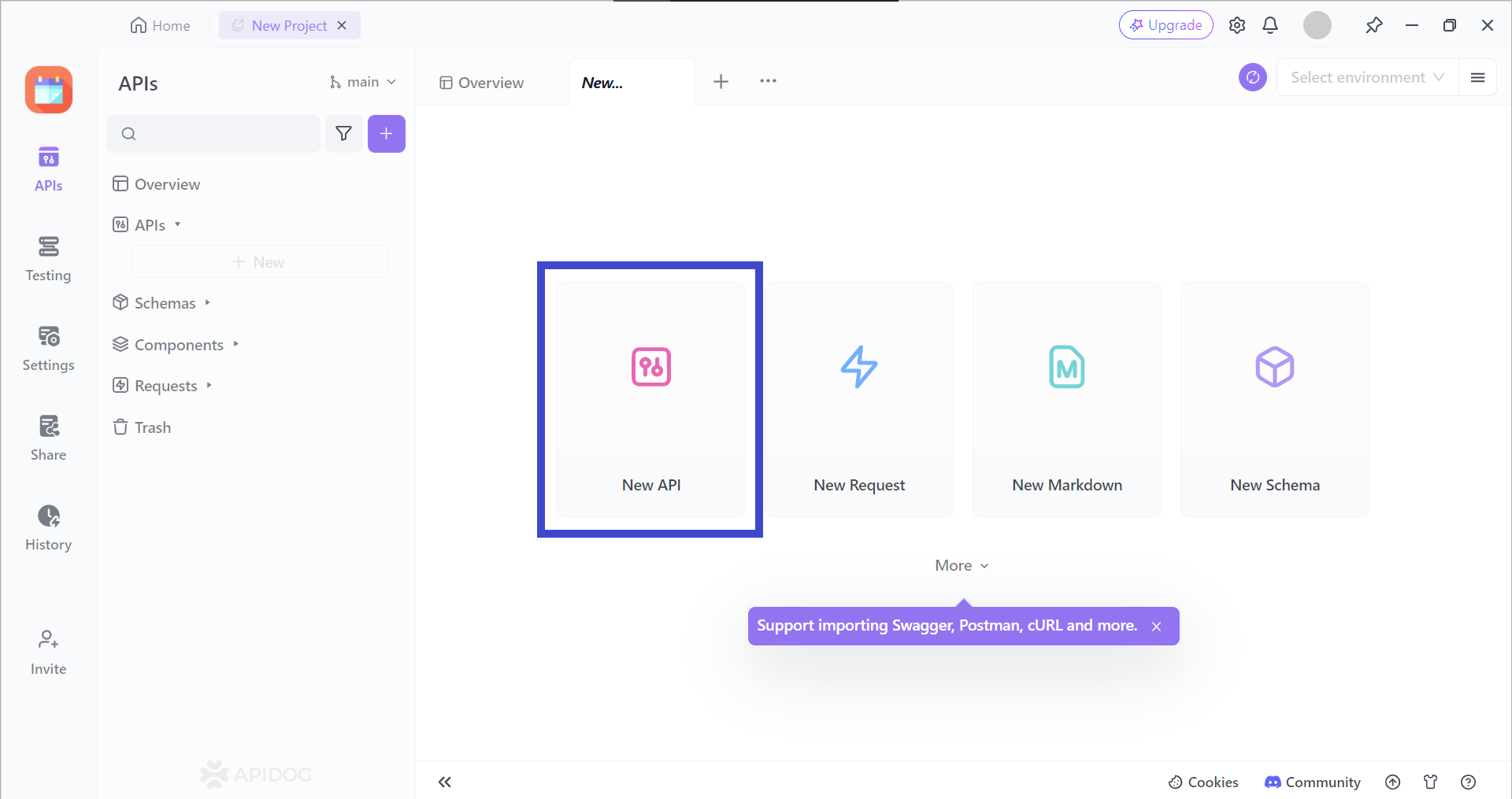
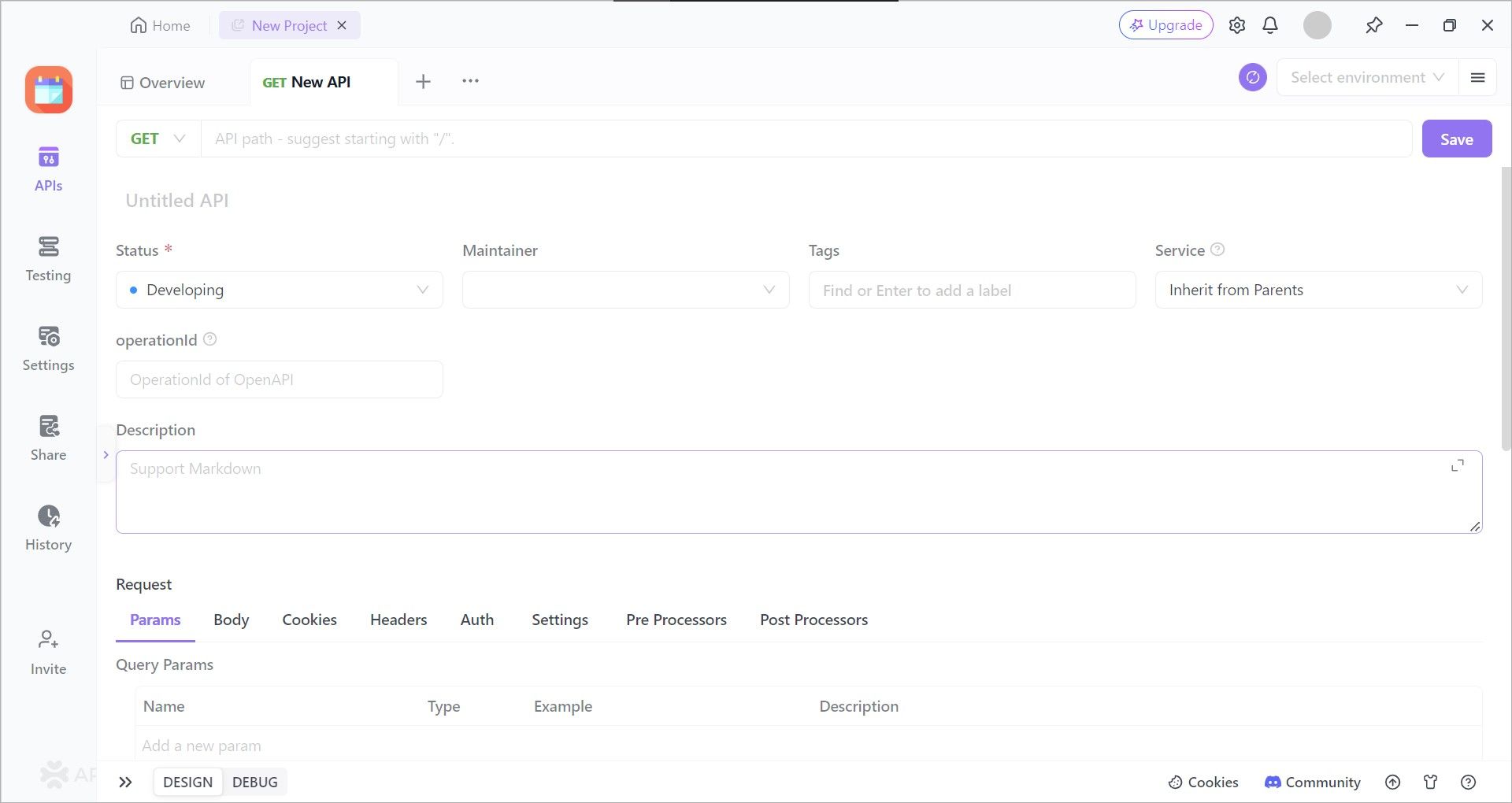

Once you have field out the empty fields with the details for your API, ensure that you have saved all your progress in developing the API. the more fields you fill out, the better the API documentation generation will be as you can provide more information for potential users.
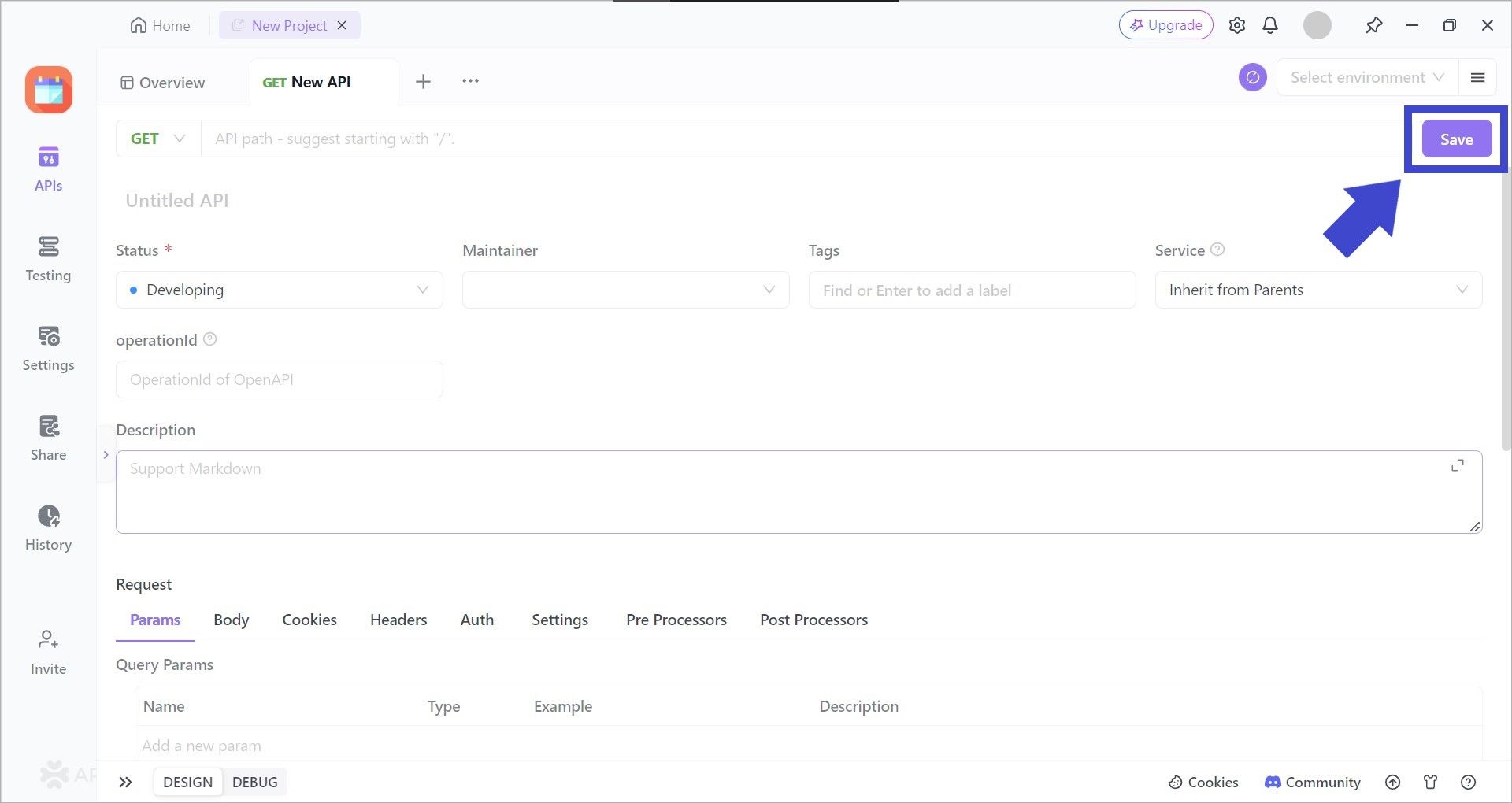
The beauty of Apidog is that the interface can act as API documentation immediately. Isn't is so easy to see the details regarding your API? Response and code samples, along with API path and query parameters are all ready foe viewing!
To explore more, you can check out the comprehensive guide on how to generate API documentation using Apidog.
Generating API Documentation for your API with Apidog
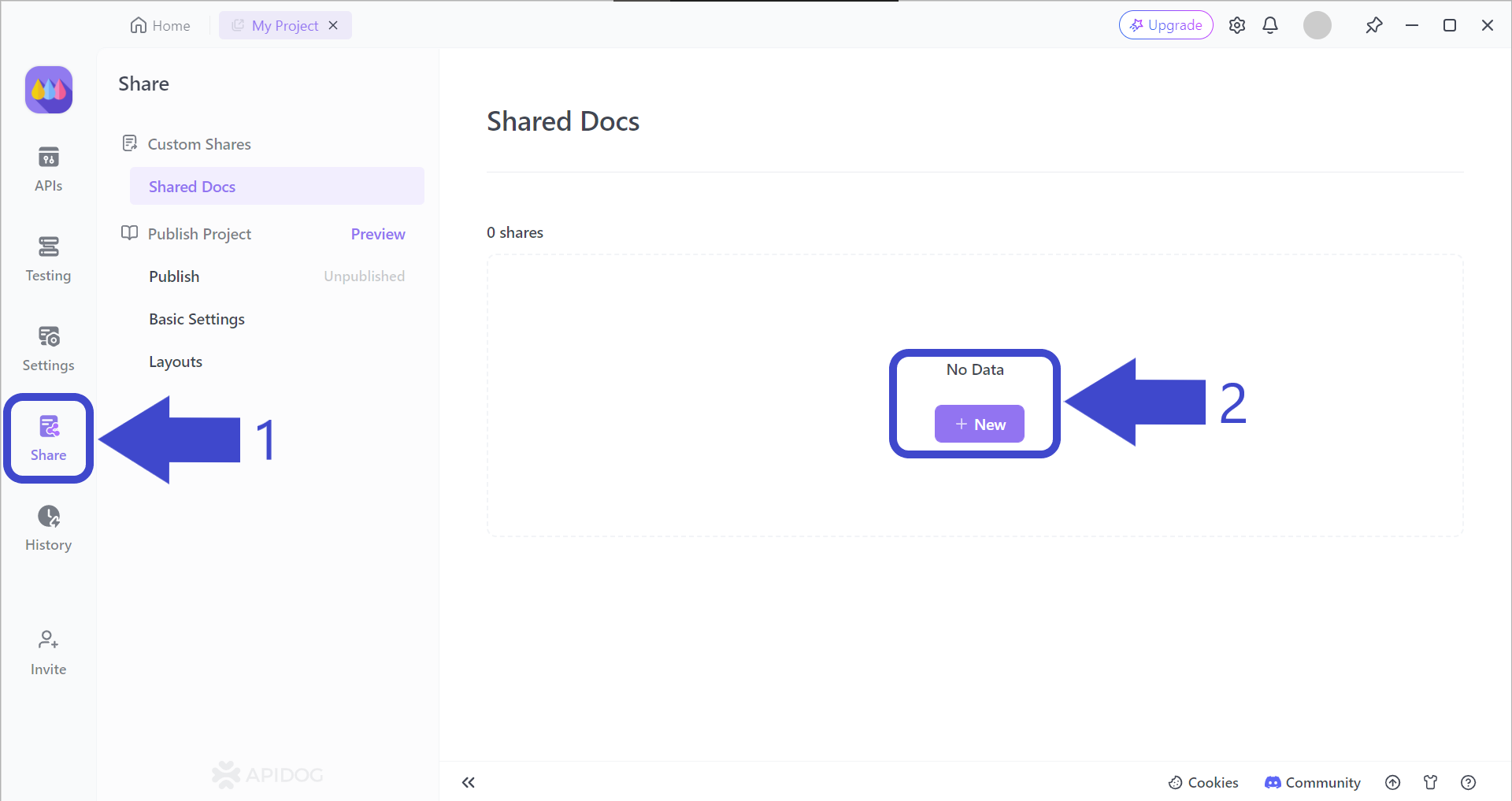
Firstly, begin by locating and pressing the "Share" button, found on the vertical bar on the left side of the Apidog app window.
Press the "+ New" button under "No Data" to begin creating your very first Apidog REST API documentation.
Select and Include Important API Documentation Properties
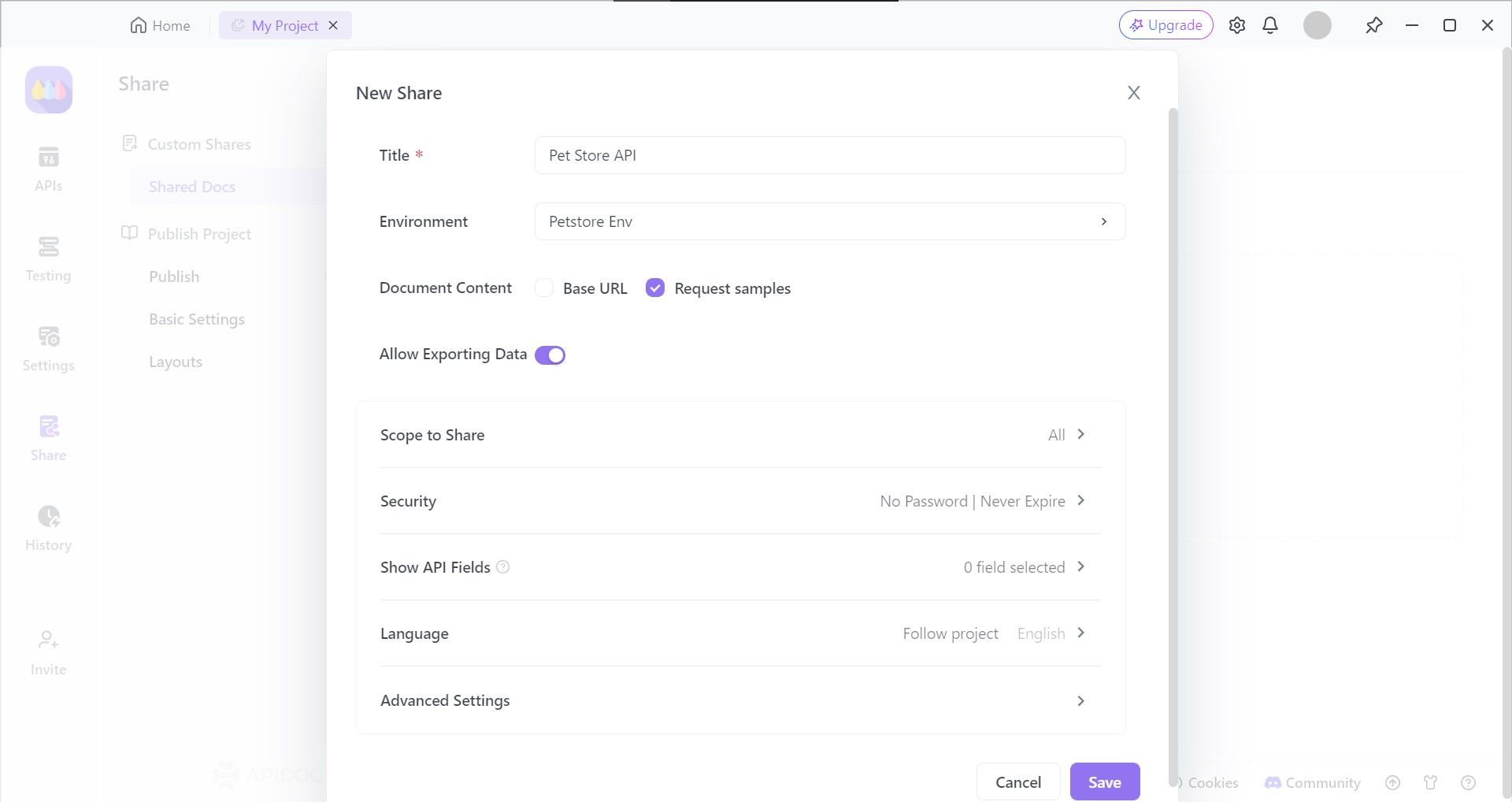
Apidog provides web developers options for the characteristics of the API documentation, such as people who can view your API documentation, as well as a file password, so only selected individuals or organizations can view it.
View or Share Your REST API Documentation

You now can decide what to do with your API documentation. Apidog compiles your API project's details into an API documentation that is viewable through a website URL.
In any case you need more details, read this article on how to generate API documentation using Apidog.
Conclusion
API managers are an excellent tool for both individuals and organizations if they need help in managing their APIs. API managers can also help in the monetization of APIs by adjusting the request limits and traffic that they can support.
If you need an application that is solely for the design and production of APIs, Apidog is a solid API platform to learn. With simplistic and an intuitive UI to navigate around, you can put your trust own Apidog to learn and design API development.

